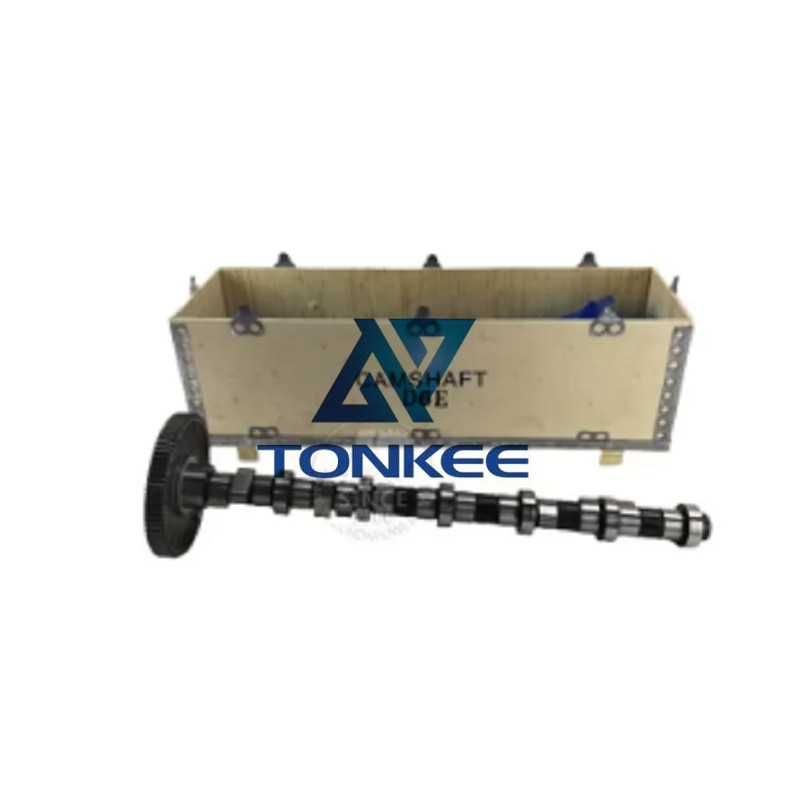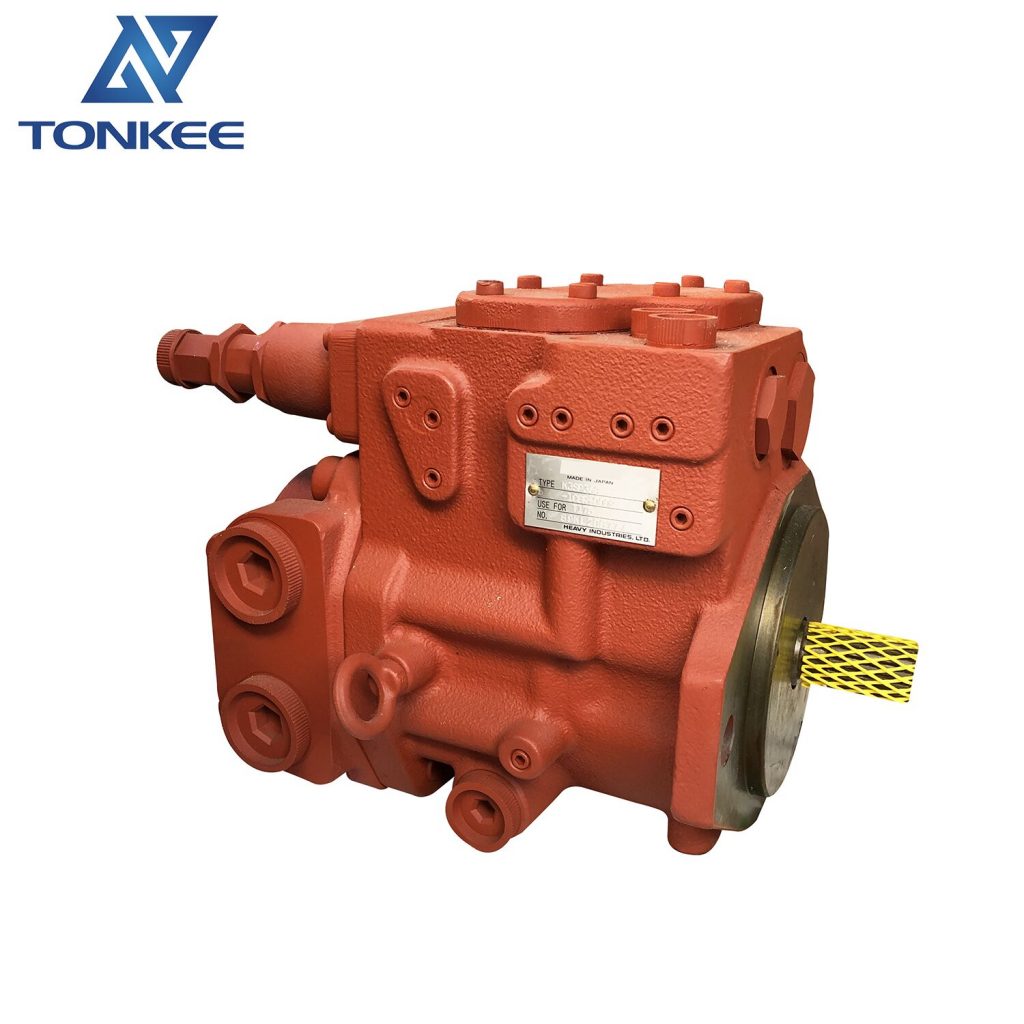
Material and Construction: The camshaft assembly is constructed from high-quality materials to ensure longevity and reliability.
It is typically made from forged or cast steel to withstand the rigors of engine operation. The camshaft features a series of lobes, each designed to operate a specific valve within the engine. The lobes are meticulously machined to maintain precise control over valve timing and lift.
Teeth and Sprocket: The camshaft assembly for the Volvo D6D and D6E engines is equipped with teeth that interact with a timing chain or belt. These teeth are precisely engineered to synchronize the camshaft's rotation with the engine's crankshaft, ensuring optimal valve timing for combustion. The presence of teeth and a sprocket mechanism allows for accurate valve operation, enhancing engine efficiency and performance.
Compatibility: The camshaft assembly is designed to fit seamlessly into Volvo D6D and D6E engines. It is essential that the camshaft is compatible with the engine's specifications, ensuring proper fitment and reliable performance. Proper compatibility reduces the risk of premature wear and tear, as well as potential engine damage.
High-Precision Manufacturing: Volvo maintains strict quality control and precision manufacturing processes during the production of the camshaft assembly.
This ensures that the camshaft's dimensions and profiles meet the engine's specifications, resulting in optimal performance and longevity. The high-precision manufacturing also minimizes the risk of vibration and imbalance, promoting smoother engine operation.
Lubrication and Cooling: Camshafts in diesel engines are subjected to high temperatures and stress. To mitigate this, Volvo's camshaft assemblies are designed to be adequately lubricated and cooled. Lubrication channels and passages ensure that the camshaft's contact points with the valve lifters and rocker arms are properly lubricated, reducing friction and wear. Adequate cooling is also essential to maintain the camshaft's structural integrity.
Sealing and Protection: Camshaft assemblies must be adequately sealed to prevent contaminants from entering and damaging the internal components. Seals and gaskets are used to protect the camshaft, ensuring it remains in top working condition for an extended lifespan.



 English
English Русский язык
Русский язык




